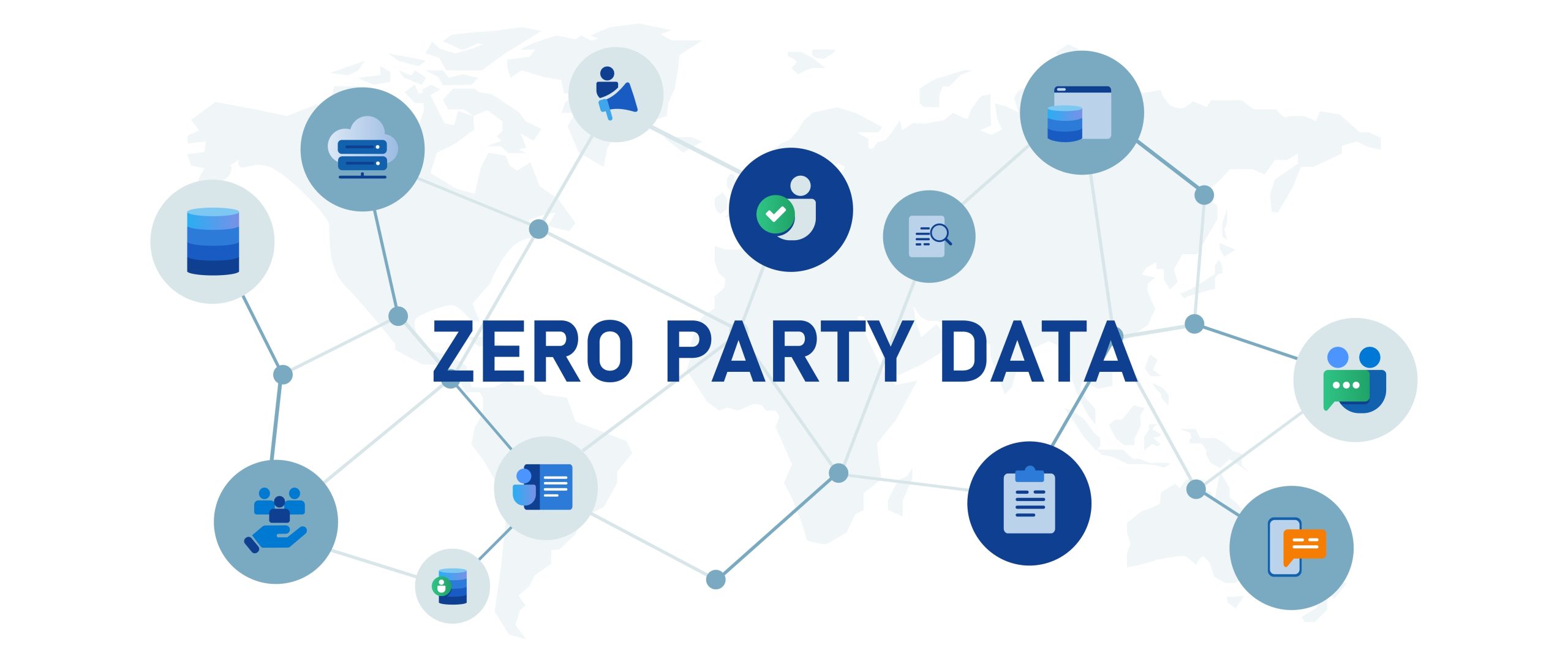In today’s digital landscape, where data privacy concerns are paramount and third-party cookies are on their way out, marketers are increasingly turning to zero-party data as a valuable resource for understanding and engaging their customers. This article explores the concept of zero-party data, its importance for marketers, and effective strategies for collecting and leveraging this information.
What is Zero-Party Data?
Zero-party data refers to information that customers intentionally and proactively share with a brand. Unlike first-party data, which is collected through customer interactions with a company’s digital properties, or third-party data gathered from external sources, consumers voluntarily provide zero-party data themselves. Examples of zero-party data include:
- Personal preferences and interests
- Purchase intentions
- Demographic information
- Communication preferences
- Product feedback
- Lifestyle choices
This type of data is considered highly valuable because it comes directly from the customer, ensuring accuracy and relevance.
The Importance of Zero-Party Data for Marketers:
Zero-party data has become increasingly crucial for marketers for several reasons:
1. Enhanced Personalization: With zero-party data, marketers can create highly personalized experiences tailored to individual customer preferences and needs. This level of customization can lead to improved customer satisfaction and increased conversion rates.
2. Improved Data Accuracy: Since zero-party data is provided directly by customers, it tends to be more accurate and up to date than data collected through other means. This accuracy allows marketers to make more informed decisions and create more effective campaigns.
3. Privacy Compliance: As data privacy regulations become more stringent, zero-party data offers a compliant way to gather customer information. Since customers willingly share this data, it aligns with privacy laws and builds trust between brands and consumers.
4. Reduced Reliance on Third-Party Data: With the impending phase-out of third-party cookies, marketers need alternative data sources. Zero-party data provides a sustainable solution that does not rely on tracking technologies.
5. Deeper Customer Insights: By directly asking customers about their preferences and intentions, marketers can gain deeper insights into their audience, informing product development, marketing strategies, and overall business decisions.
Strategies for Collecting Zero-Party Data:
To effectively gather zero-party data, marketers can employ various engaging and interactive methods:
1. Interactive Quizzes and Surveys:
Create fun and engaging quizzes or surveys that provide value to customers while collecting relevant information. For example, a beauty brand might offer a “Find Your Perfect Shade” quiz that recommends products based on customer responses.
2. Preference Centers:
Implement preference centers where customers can manage their communication preferences, specify interests, and share demographic information. This empowers customers to control their data while providing valuable insights to marketers.
3. Gamification:
Incorporate game-like elements such as points, badges, or contests to encourage customers to share information. This approach can make data collection more enjoyable and increase participation rates.
4. Post-Purchase Feedback:
Solicit feedback after purchases to gather information about customer satisfaction, product preferences, and future purchase intentions.
5. Social Media Engagement:
Use social media platforms to conduct polls, ask questions, or encourage customers to share their preferences and experiences with your brand.
6. Registration Forms:
Collect essential zero-party data during account creation or newsletter sign-ups. However, be mindful of asking for too much information upfront, which may deter users.
7. Loyalty Programs:
Incentivize customers to share more information about themselves in exchange for rewards or exclusive offers within your loyalty program.
Best Practices for Leveraging Zero-Party Data:
To maximize the value of zero-party data, marketers should follow these best practices:
1. Provide Clear Value: Clearly communicate the benefits customers will receive by sharing their information, such as personalized recommendations or exclusive offers.
2. Ensure Transparency: Be transparent about how you will use the data collected and allow customers to easily update or delete their information.
3. Respect Privacy: Only collect data that is necessary and relevant to improving the customer experience. Adhere to data protection regulations and best practices.
4. Keep Data Fresh: Regularly prompt customers to update their preferences and information to ensure your data remains accurate and relevant.
5. Integrate with Other Data Sources: Combine zero-party data with first-party data to create a more comprehensive view of your customers and their behaviors.
6. Personalize Experiences: Use the collected data to create personalized marketing campaigns, product recommendations, and customer experiences across all touchpoints.
7. Continuously Optimize: Regularly analyze the effectiveness of your zero-party data collection methods and adjust your strategies accordingly.
Why Zero-Party Data Should Be Your Secret Weapon for Customer-Centric Marketing?
Zero-party data represents a significant opportunity for marketers to build stronger relationships with their customers while respecting privacy concerns. By implementing effective collection strategies and leveraging this data responsibly, marketers can create more personalized, relevant, and engaging experiences that drive customer loyalty and business growth. As the digital marketing landscape continues to evolve, those who successfully harness the power of zero-party data will be well-positioned to thrive in an increasingly privacy-conscious world. By putting customers in control of their data and using it to deliver genuine value, marketers can build trust, enhance their brand reputation, and achieve better marketing outcomes.









